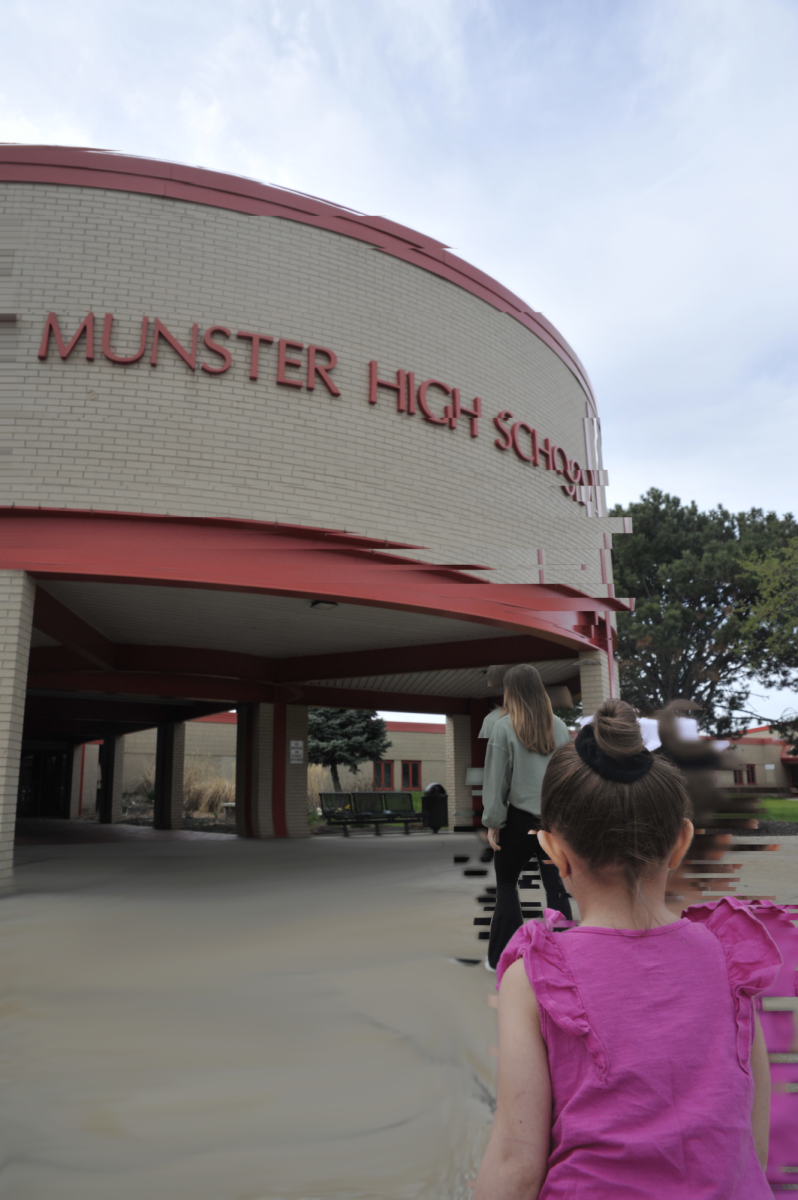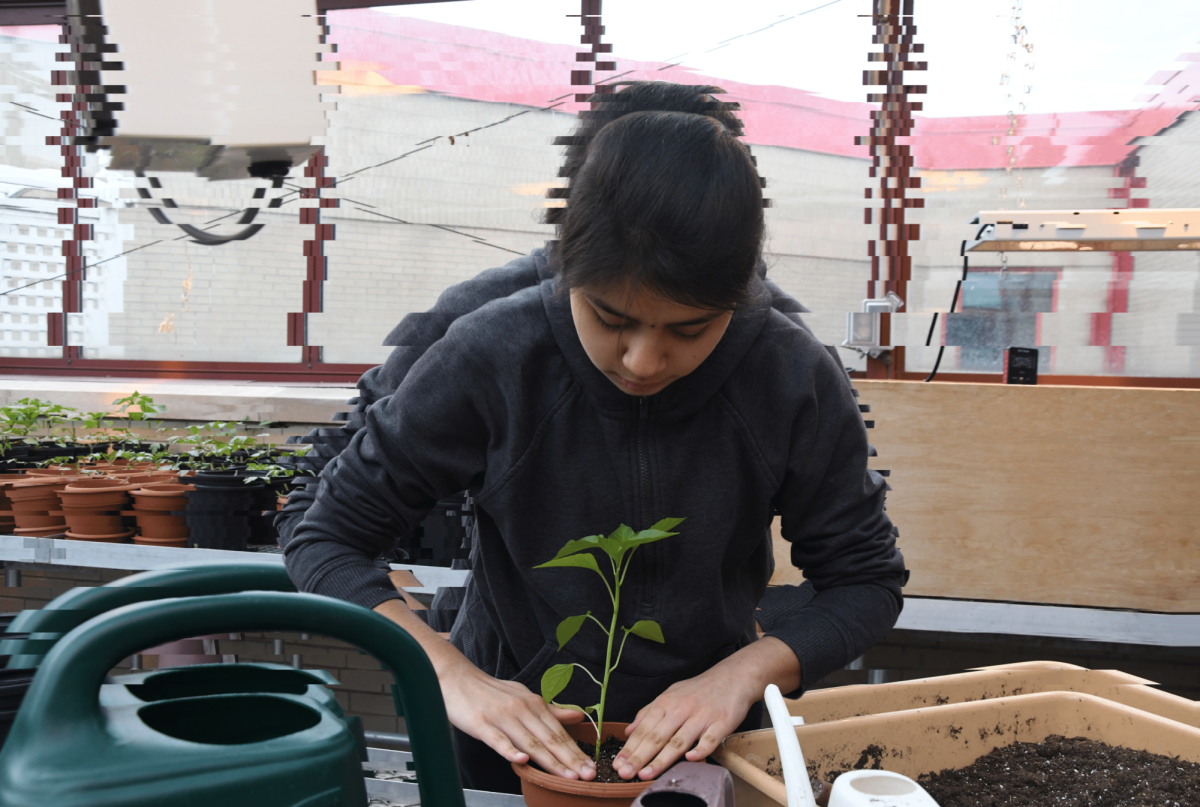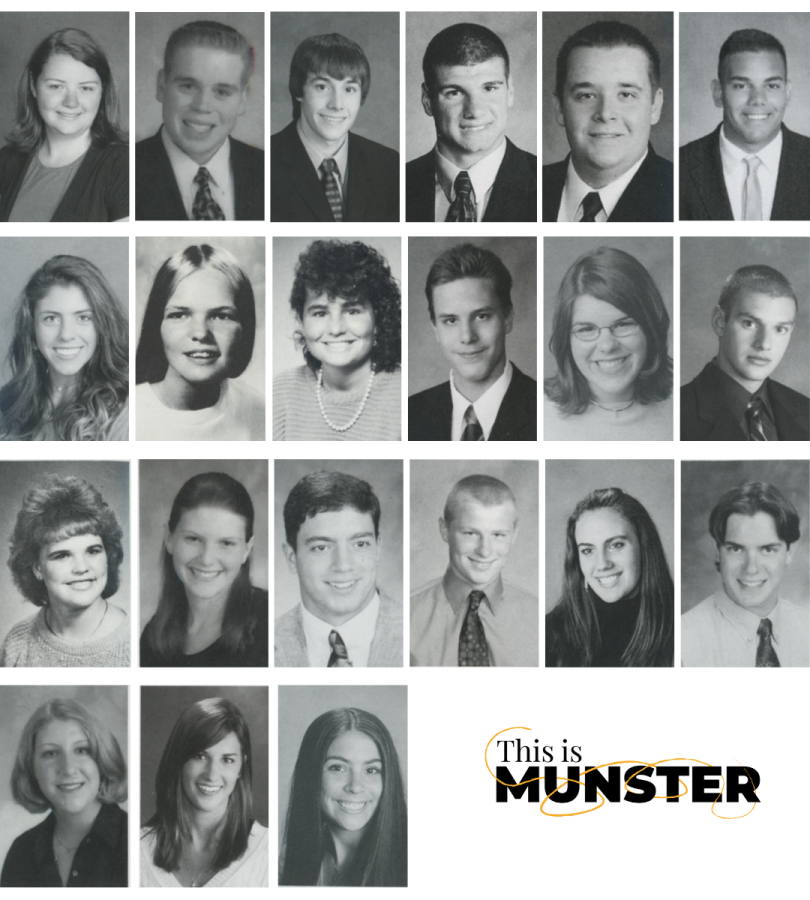Stopping the shortage: MHS manages bus driver and substitute teacher shortage
With the education system facing job reluctance nationwide, MHS grapples with a shortage of substitutes and bus drivers
SUBBING IN Working on her laptop, Ms. Jordan Symanski, substitute teacher, stands in for ASL teacher Ms. Hannah Fus’ class. So far in the school year, MHS has welcomed three new substitute teachers. “I would describe my experience (as a substitute teacher) as valuable to me because after graduating I needed to focus back as a screenwriter (since) I majored in screenwriting, and subbing gives me the time for writing and working on my scripts,” Ms. Symanski said.
October 28, 2021
At approximately 6:30 a.m. Mr. Bob Simpson, bus driver, begins his morning, clocking in for his shift. Between driving morning and afternoon routes, and taking kids on field trips, his day is packed with greeting students, solving any conflicts and, ultimately, making sure each child makes it home safely. This responsibility has only increased with the bus shortage that the district has been experiencing, with not only his route being personally affected, but roles of other bus personnel as well.
“We don’t have any extra drivers,” Mr. Simpson said. “We’re to the point where we have custodians and dispatchers driving, (and) our new manager is going to have to retrain the drivers. When you’re short drivers, then sometimes you get people pressed into doubling up, or trying to get back (to the school) and taking an extra route. It can be a little challenging.”
The effects of the shortage have not been limited to MHS, according to Mr. Simpson, who attributed the pandemic to be at least part of the reason why people are reluctant to take on the job. Bus drivers are not the only public school employees in shortage either—Indiana is facing a teacher shortage, with around 87 percent of schools in the state reporting being short staffed in 2020. At MHS, the issue has corresponded to substitute teachers, according to Mr. Raymond Palasz, auditorium director.
“For me, I don’t know if I would look at it as much as a teacher shortage as I would look at it as feeling the effects of a substitute shortage,” Mr. Palasz said. “Not having enough substitutes to help cover when teachers have to be out for quarantining—whether they’re having to quarantine themselves, or they have children who have to quarantine and they have to stay home with them—that’s kind of where I have felt the shortage. Mrs. (Nikki) Olson (main office secretary) is relying on anybody in the building who’s not doing anything to help cover those classes.”
As of now, the school has hired three new permanent substitutes, reducing some of the stress experienced towards the beginning of the quarter. For Ms. Maria Bermudez, permanent substitute teacher, the current demand for substitutes, though bringing more responsibility, had its rewards as well.
“It (covering for absent teachers) was really bad in the beginning but it’s gotten really light,” Ms. Bermudez said. “It made me feel good knowing that I was needed, and I was able to do something, and to help. It made me feel that they trusted me to be there.”
Teachers, substitutes and bus drivers have received an increase in salary, a bonus that many believe may attract more workers. Despite this, the moments in between the job are what make it most rewarding, according to Ms. Jennifer Hill, bus driver.
“All the students are so polite and so respectful,” she said. “I send them to school with a ‘good morning, have a good day’ and they reciprocate. If they’re having a bad day and that’s the only good part of it, and they have a smile on their face, it makes my day.”





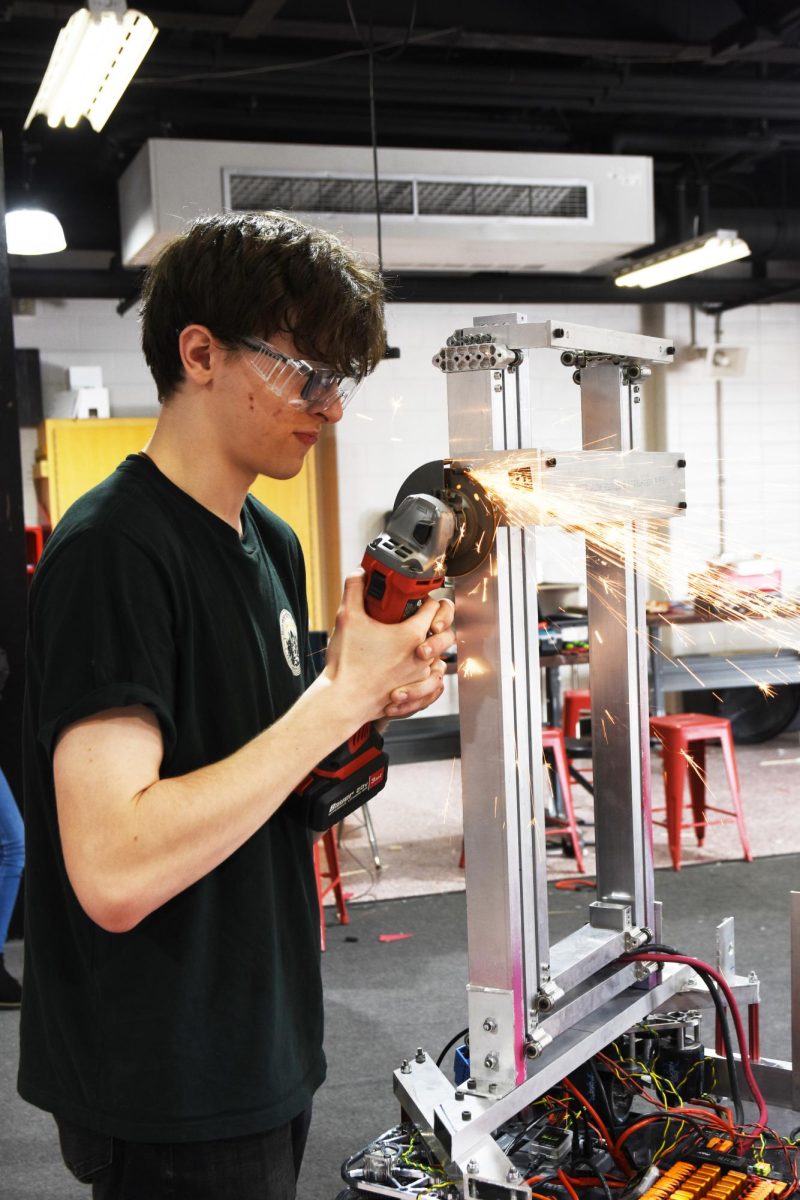












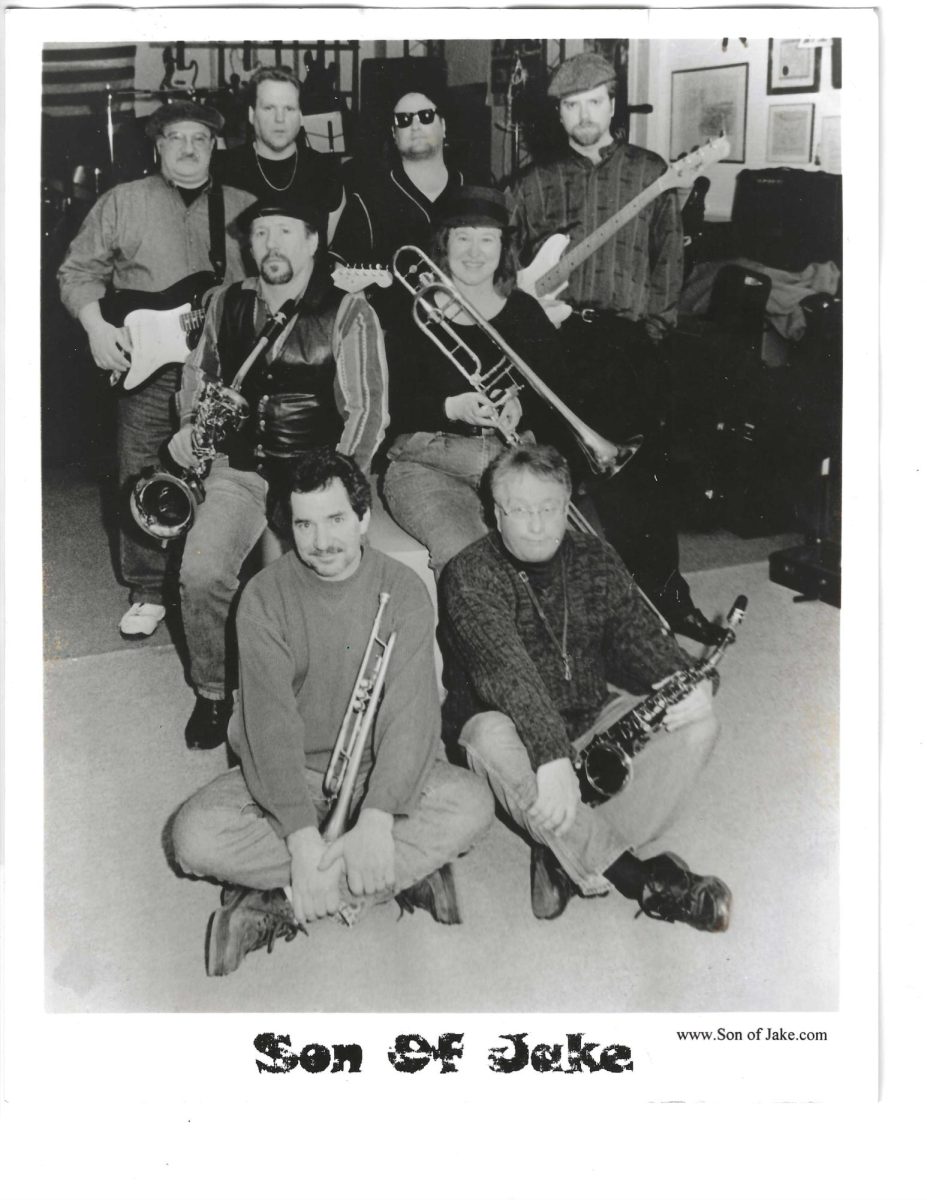


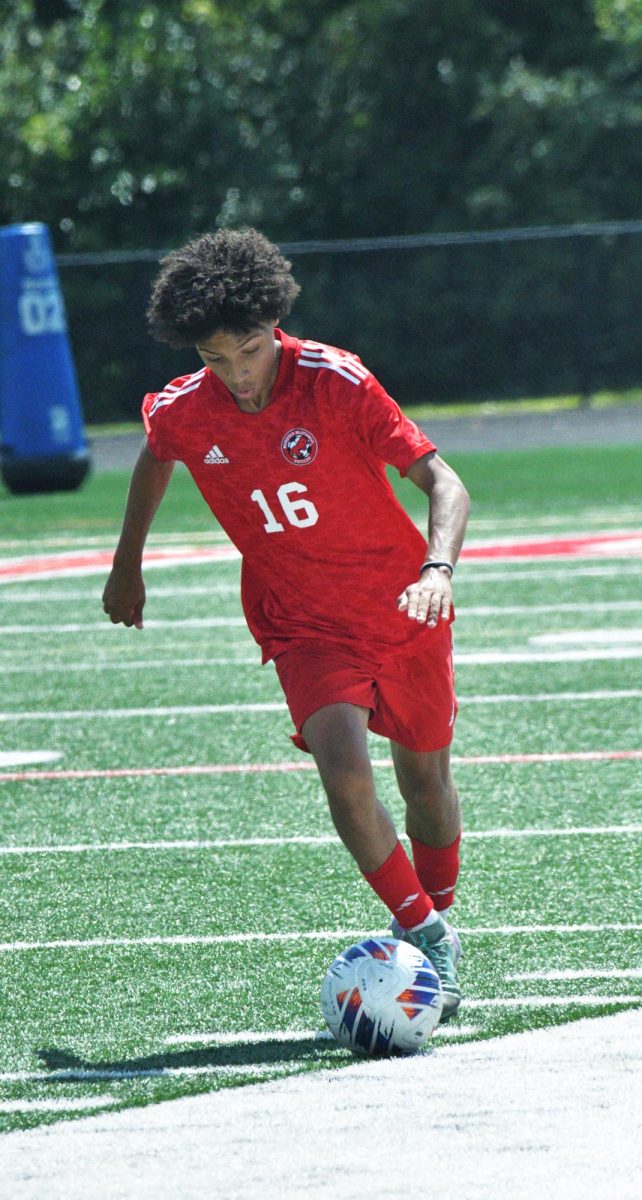






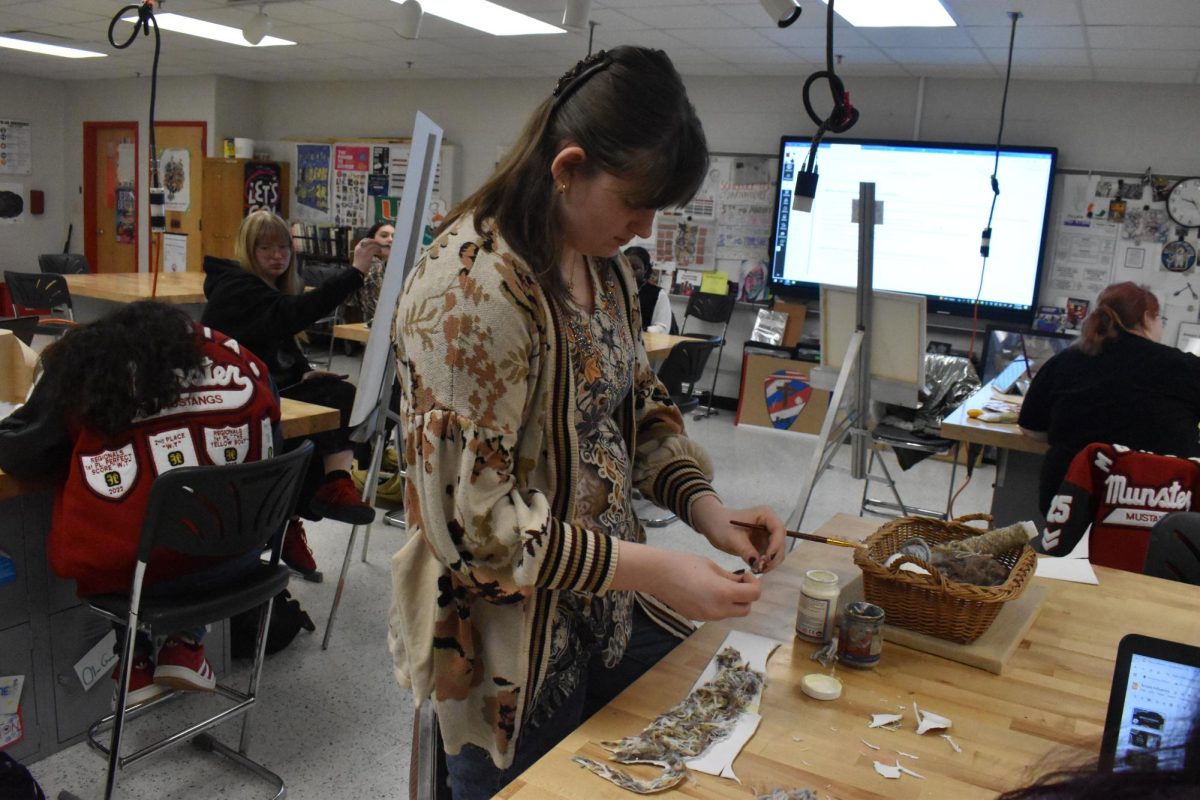

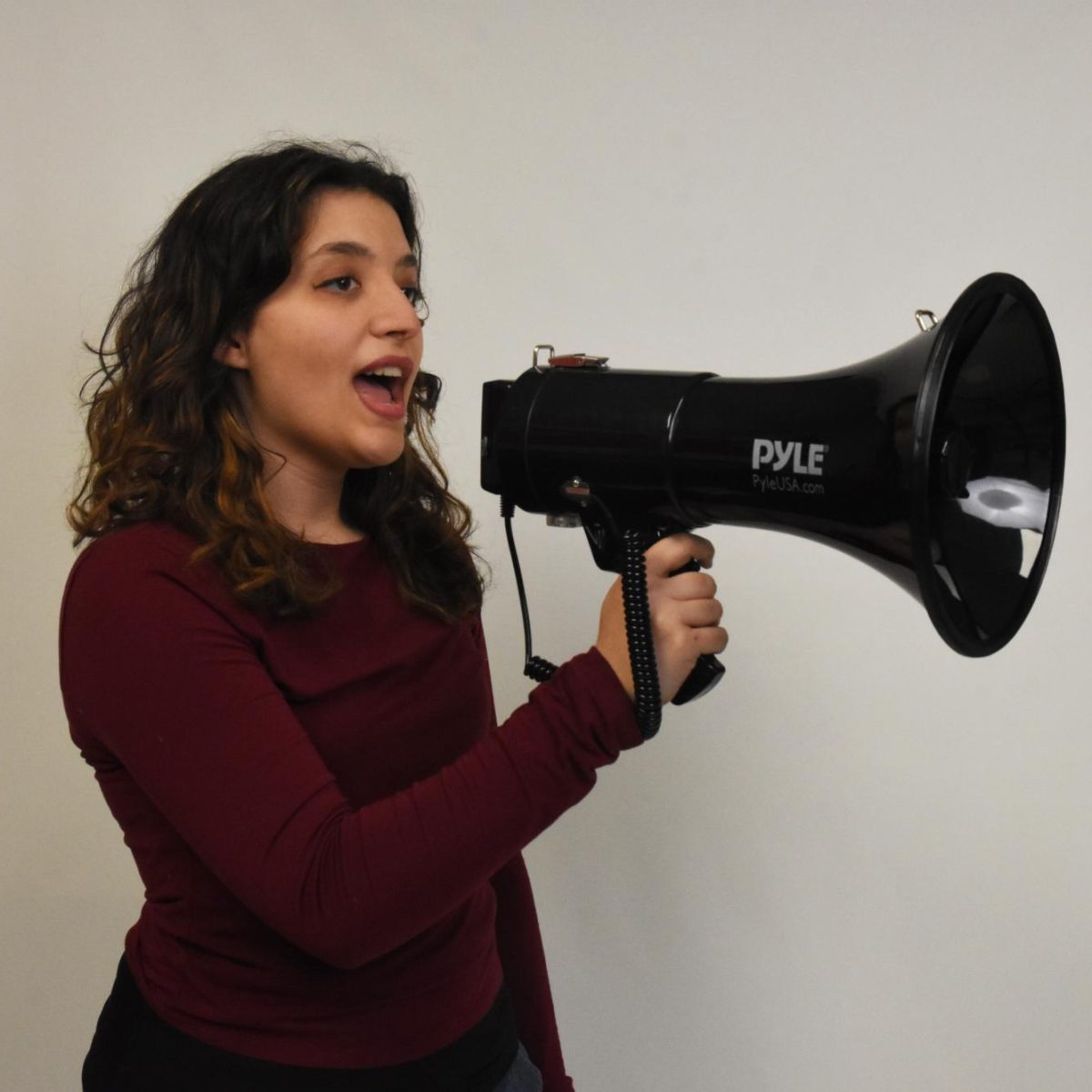
![SNAP HAPPY Recording on a GoPro for social media, senior Sam Mellon has recently started a weekly sports podcast. “[Senior] Brendan Feeney and I have been talking about doing a sports podcast forever. We love talking about sports and we just grabbed [senior] Will Hanas and went along with it,” Mellon said.](https://mhsnews.net/wp-content/uploads/2025/04/sam-892x1200.png)

